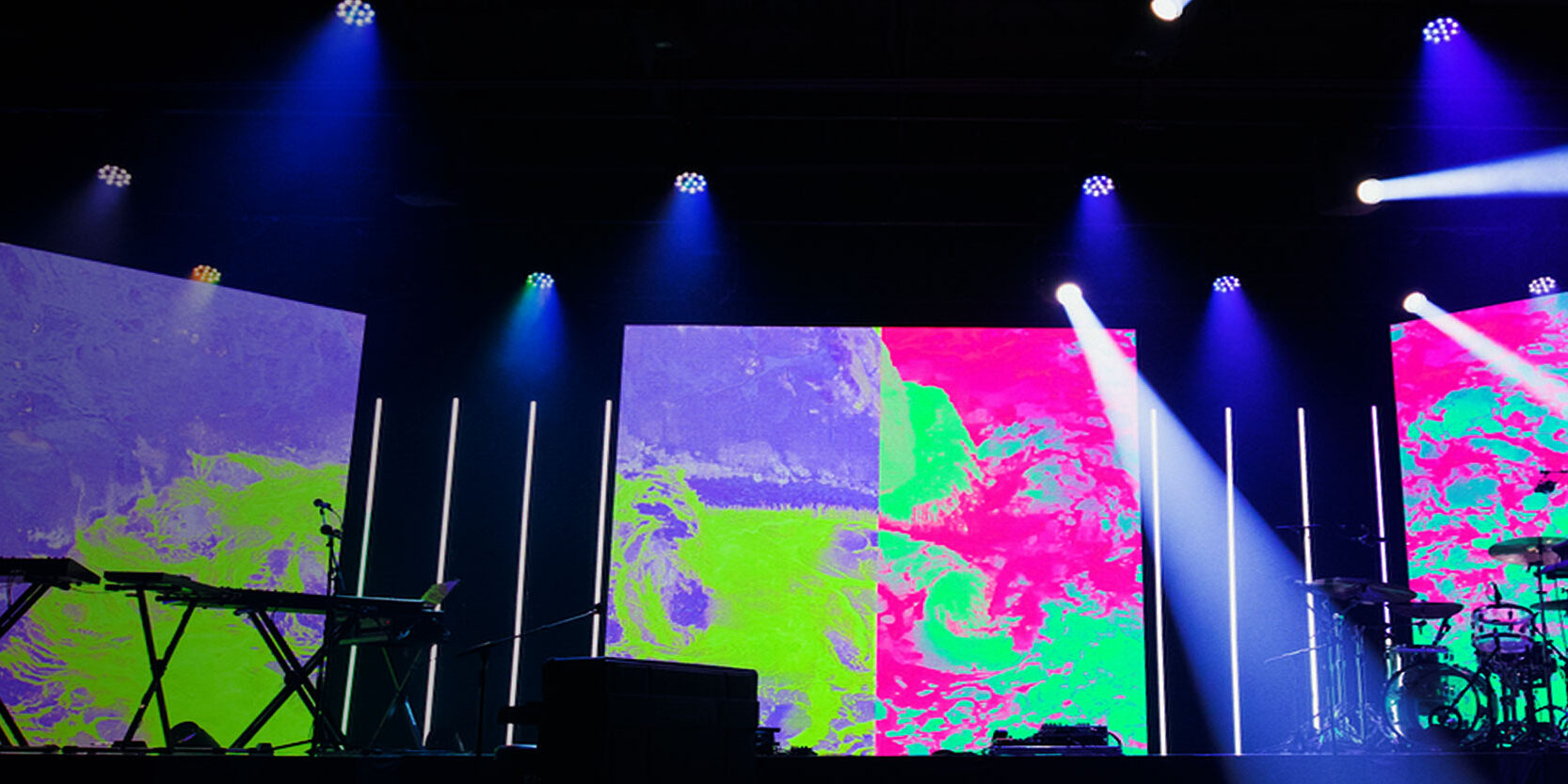Exploring the Crucial Factors That Affect Color Consistency in Light Emitting Diode Wall Panels for Ideal Visual Output
Exploring the Crucial Factors That Affect Color Consistency in Light Emitting Diode Wall Panels for Ideal Visual Output
Blog Article
Color consistency in LED wall screens is essential for achieving optimal visual performance. light-emitting diode wall screens are commonly used in various settings, including concerts, conferences, and advertising showcases. When the hues on these screens are uniform, they create a more captivating and immersive experience for audiences. Several critical factors influence color consistency, including the caliber of the light-emitting diode components, calibration processes, and environmental factors.
The quality of the LED elements plays a significant role in color uniformity. Different types of light-emitting diodes produce light at varying wavelengths, which can affect the overall hue output. High-quality LEDs are designed to produce a more consistent light range, resulting in better color accuracy. Additionally, the manufacturing process of these LEDs can affect their functionality. Panels made with high-grade materials and technology tend to have less color differences, guaranteeing that the shown pictures and footage look lively and faithful to reality.
Calibration is another essential factor in maintaining color consistency in light-emitting diode wall panels. Tuning entails adjusting the settings of the panel to make certain that the hues displayed align the intended design. This process can include fine-tuning luminosity, differentiation, and color balance. Frequent tuning is essential, especially in environments where illumination conditions change often. By calibrating the panels, specialists can fix any discrepancies in color output, resulting to a more uniform viewing experience.
Environmental factors also affect color consistency in LED wall panels. Elements such see post as surrounding light, temperature, and humidity can affect how hues are perceived. For instance, intense surrounding light can wash out hues, making them appear more lively. Similarly, extreme temperatures can affect the functionality of the LEDs, resulting to hue shifts. To mitigate these issues, it is crucial to place LED wall screens in controlled settings where lighting and heat can be managed effectively.
Lastly, the layout and arrangement of the LED wall screens can affect color uniformity. The arrangement of the screens, as well as the distance from which they are viewed, can create variations in hue recognition. When panels are arranged too far apart or at different angles, audiences may notice discrepancies in color. To obtain the best visual output, it is important to take into account the placement and arrangement of the panels during installation. By tackling these factors, operators can ensure that their light-emitting diode wall screens deliver a uniform and superior visual encounter.